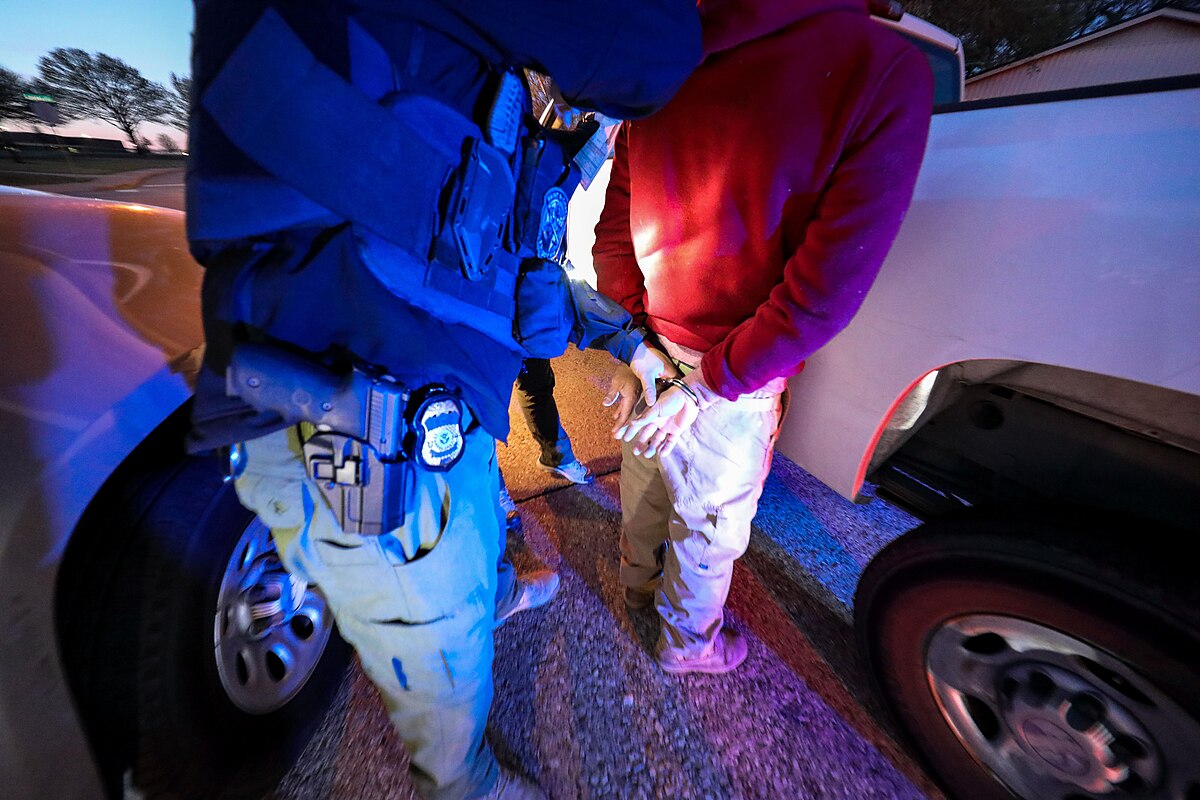- 14 3402-5578
- Rua Hygino Muzy Filho, 737, MARÍLIA - SP
- contato@latinoobservatory.org
 Imagem de Freepik
Imagem de Freepik
An analysis of recent 2020 census data reveals a significant increase in the number of Latino children in the United States over a decade. Conducted by the U.S. Census Bureau, the analysis provides information about the U.S. population and its changes since the last census in 2010. In 2020, researchers found that 25.7 percent (18.8 million) of all American children under the age of 18 were of Latino origin, compared to 23.1 percent (17.1 million) in 2010.
Florida saw the largest increase in the number of Latino children, adding 259,931 children during the reporting period. New Jersey and Maryland followed with additions of 105,575 and 89,159, respectively.
Although there has been an increase in the total number of Latino children, the overall child population has declined in Connecticut, New Jersey, and Rhode Island. In addition, the average age of the Latino population increased to 30 years in 2020, representing an increase of 2.7 years since 2010. The average age of non-Hispanics also increased, but to a lesser extent, reaching an average of 41.1 years in 2020, an increase of 1.5 years compared to 2010.
In Puerto Rico, the average age of Latinos increased by 13 between 2000 and 2020, from 32.1 to 45.1. In the rest of the country, the increase was only 4.2 years, from 25.8 to 30.
Changes in the average age of the Latino population over the decade varied by race. Respondents who chose “Two or more races” in the 2020 census had the youngest average age at 29.5 years. Latinos who chose this option aged the most over the decade, with an average age of 31.3 years, representing an increase of 10.8 years from 2010. The youngest group among Latinos was those who identified as “Black Alone”, who showed a decrease in average age to 21.9 years, down 2.1 years from 2010.
According to NBC News, the report highlights the need for caution when comparing racial data in the 2020 and 2010 censuses, due to improvements in questions about Hispanic origin and race. The Census Bureau reviewed the 2020 census questions based on feedback and surveys, including a two-part question about ethnic origin and race. The Biden administration is considering combining the questions for the next census in 2030, allowing people to choose Hispanic or Latino as their race. The report highlights that many people were confused by the two-part question, leading to ambiguous answers.
“Latinos in all U.S. regions saw decreases in
self-reporting as “White Alone,” but Latinos in the South experienced the
sharpest decline: from 62.9% in 2010 to 23.2% in 2020. Latinos describing
themselves as being of “Two or More Races” were the biggest group, at 37.9%,
among the Hispanic population surveyed in the South”, according to NBC.











